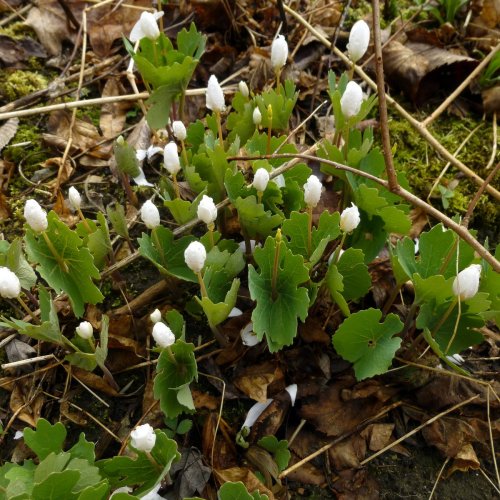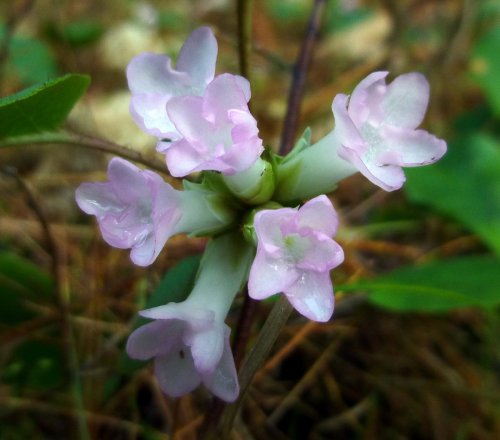Spring is moving along quickly now and magnolias are blossoming all over town. I thought this one was particularly beautiful even though it didn’t seem to have any scent.
Grape hyacinths have also suddenly appeared. There was no sign of them a week ago but here they are. Last year at this time I saw hundreds in bloom so they’re just a little later this year.
I want to call this photo “suddenly scilla” because last week there were about three blossoms here. I couldn’t believe they could grow and blossom so fast. It must be the higher temps we’ve had over the past week.
There isn’t anything about scilla that I don’t like. I especially like their beautiful color.
Forsythias are blooming in nearly every yard now. They are common and over used, but I have a hard time imagining spring without them. They ask for nothing and bloom profusely each spring and I think that must be what makes them so popular.
I saw some beautiful deep purple hyacinths.
I have to say that I wasn’t that crazy about the color of this hellebore but its center caught my attention.
It seems to have little trumpets in there, heralding spring perhaps. Every time I see hellebores I wonder why nobody I ever worked for as a gardener grew them. Some of them are absolutely gorgeous.
Speaking of absolutely gorgeous hellebores, here’s one now. Friends of mine grow this one in their garden and I’m no hellebore expert but it is easily the prettiest one I’ve seen.
Pulmonaria (Pulmonaria officinalis) is an old fashioned but pretty evergreen garden plant that originally hails from Europe and Asia. The silver mottled leaves were once thought to resemble a diseased lung and so its common name became lungwort. People thought it would cure respiratory ailments like bronchitis and the leaves were and still are used medicinally in tinctures and infusions. The leaves and flowers are edible, and if you’ve ever had vermouth you’ve had a splash of lungwort. The plant does well in shade and has flowers of blue, pink, white, purple and red.
I checked this spot 7 days before this photo was taken and there wasn’t a single sign of bloodroot but on this day they were everywhere. That’s how fast spring ephemeral flowers move and you have to be quick to catch some of them. I check locations where they grow at least once each week and usually twice.
Bloodroot (Sanguinaria canadensis) is a beautiful little wildflower that gets its common name from the red-orange sap that bleeds from its damaged root. Each white flower is about an inch across and for me at least, they refuse to open on a cloudy day. They grow in full sunlight but if you catch them on a partly sunny day just after a cloud covers the sun you can see the venation in the petals. In bright sunshine they disappear in a photo, so you’ve got to get lucky.
Did I mention that you have to be quick with spring ephemerals? These bloodroot plants weren’t even up 7 days ago, but the flowers were already pollinated and shattering on this day.
If you find yourself in a forest unable to take a step without stepping on a wildflower, then you have hit the jackpot as I did Saturday. Many thousands of spring beauties (Claytonia virginica) had suddenly appeared where a week ago there were just a few. They carpeted the forest floor and stopped me where I stood.
I couldn’t bear the thought of stepping on such beautiful things, so I just admired them and then turned and left. This is the time I wish I had a wide angle lens because tens of thousands of them all blooming at once is an unforgettable sight.
I know where there are tens of thousands of trout lilies (Erythronium americanum) carpeting the forest floor too, but I only saw exactly two with buds, and this is one of them. For some reason they seem held back this year. They usually bloom before or along with spring beauties.
Willows continue to bloom and some still have catkins on them that haven’t flowered yet, so they may have an extended bloom period this year. That will be good for the bees, which seem to love them.
In my last flower post I showed purple trillium (Trillium erectum) shoots just out of the ground. Here they are exactly a week later, not only fully grown but budded as well.
Some of the trillium buds had broken, showing the deep purple red color within. I’m guessing a couple days of warmth and sunshine will have them all opening. Seeing the trilliums bloom is my signal to start thinking about going on a hike up in Westmoreland to the ledges where hundreds of wild columbines grow.
Common blue violets (Viola sororia) are having a good spring much to the displeasure of many a gardener, I’m sure. Though pretty, these little plants can over take a garden in no time at all if left to their own devices. Violets are known for their prolific seed production. They have petal-less flowers called cleistogamous flowers which fling their seeds out of the 3 part seed capsules with force. They do this in summer when we think they aren’t blooming. Personally I tired of fighting them a long time ago and now I just enjoy them. They’re very pretty little things and their leaves and flowers are even edible. Though called “blue” they’re usually a shade of purple but since I’m colorblind blue works for me.
It won’t be long before I’m showing lilacs here I’m guessing, but I said that last year and then a rainy, cool first half of May held them back for two weeks. I’m hoping that doesn’t happen again!
Flowers have a mysterious and subtle influence upon the feelings, not unlike some strains of music. They relax the tenseness of the mind. They dissolve its vigor. ~Henry Ward Beecher.
Thanks for coming by.


























































































